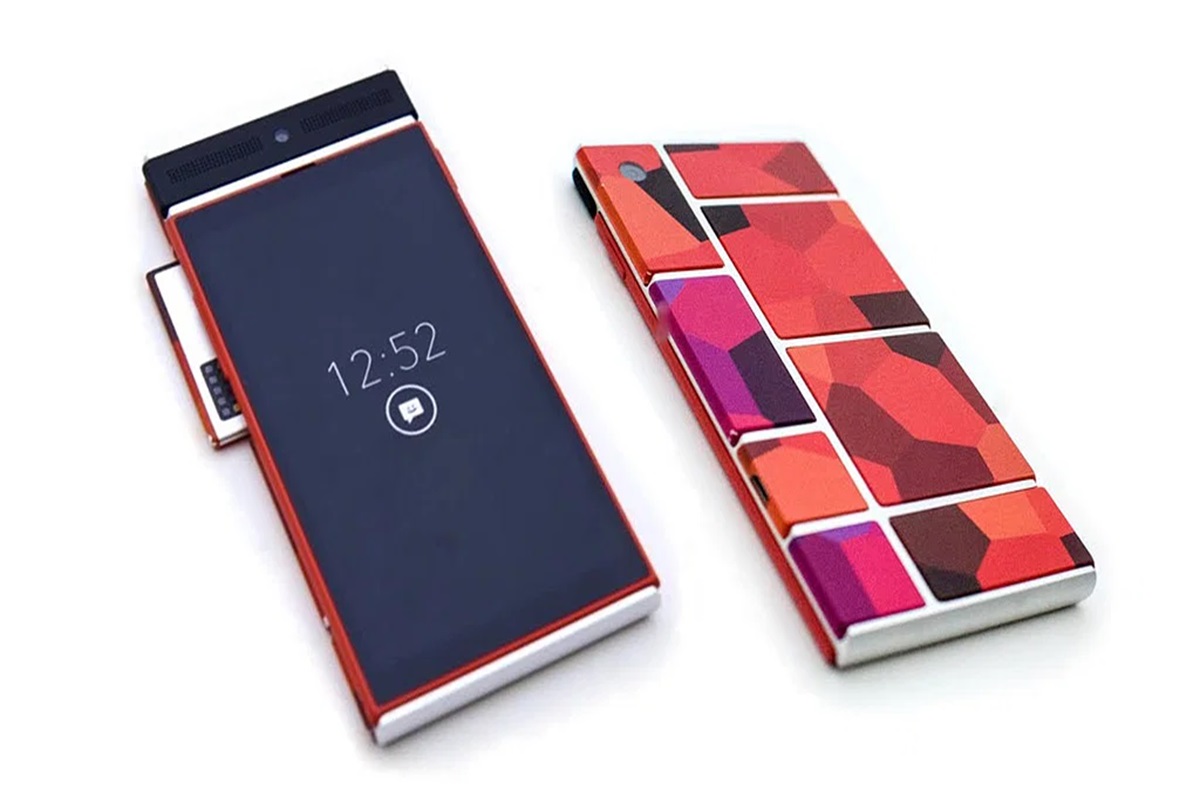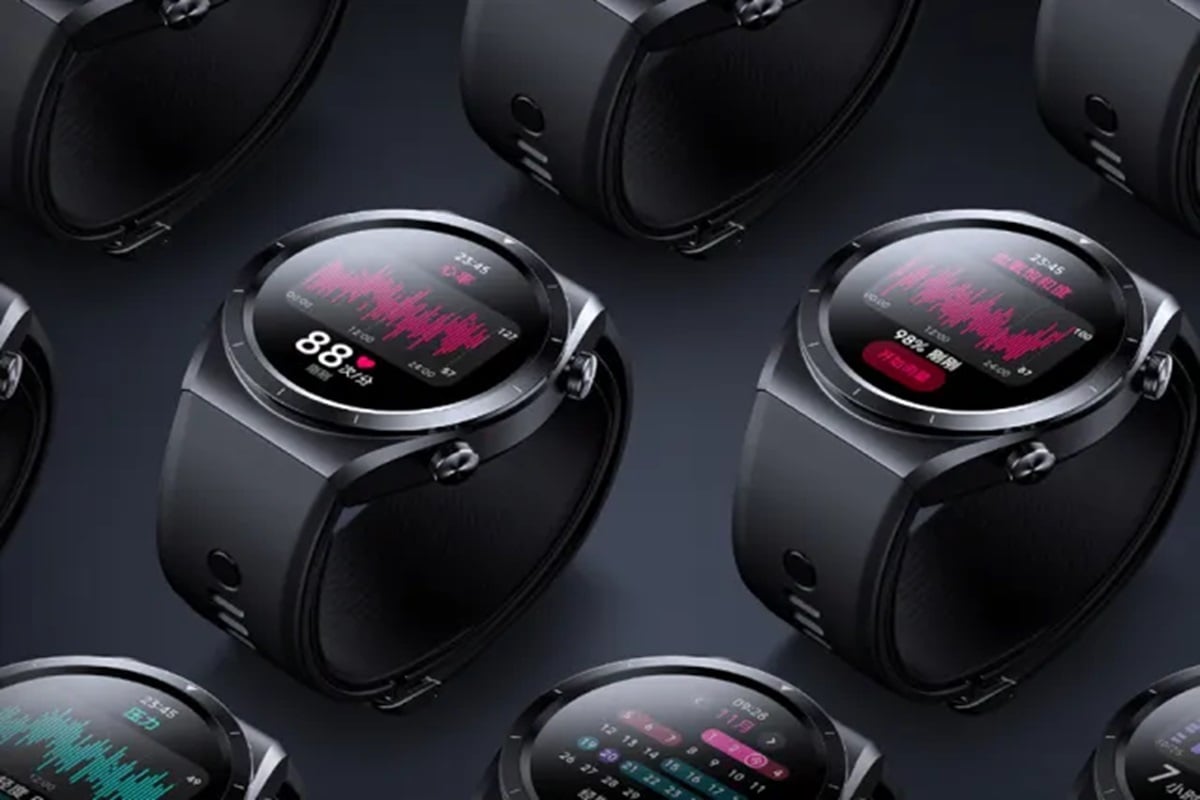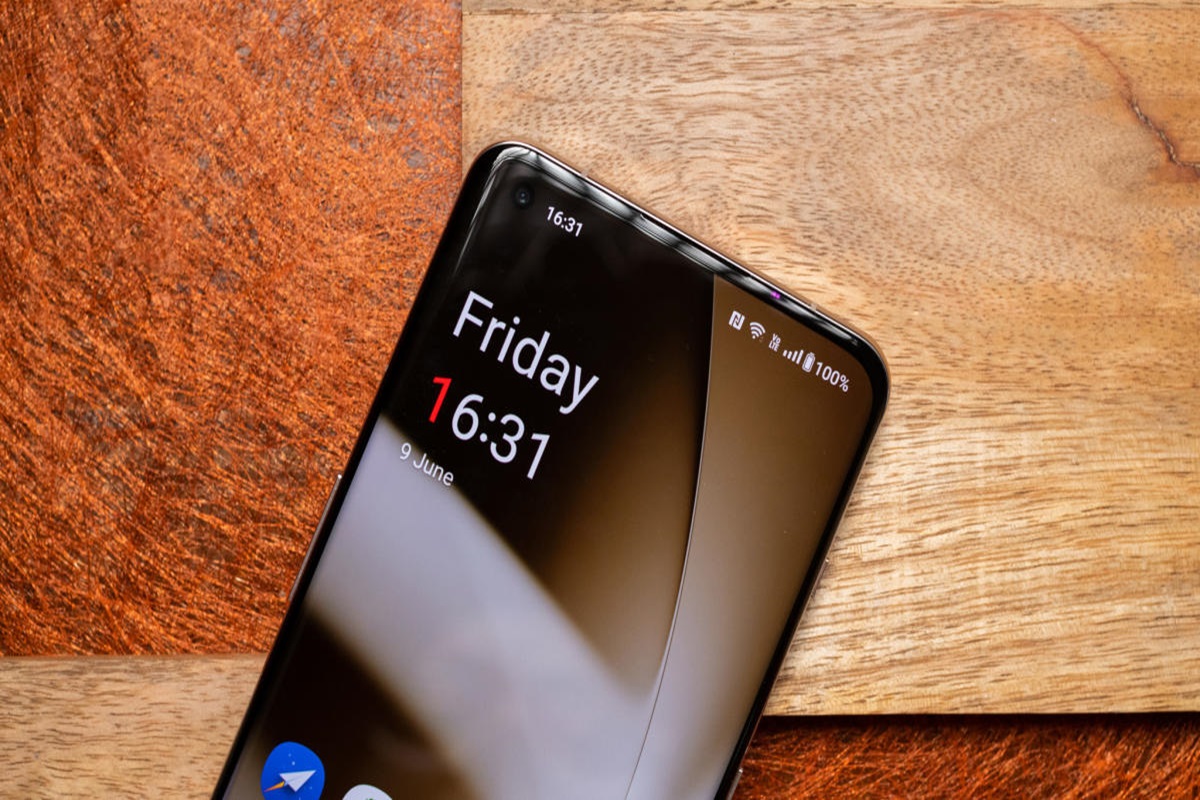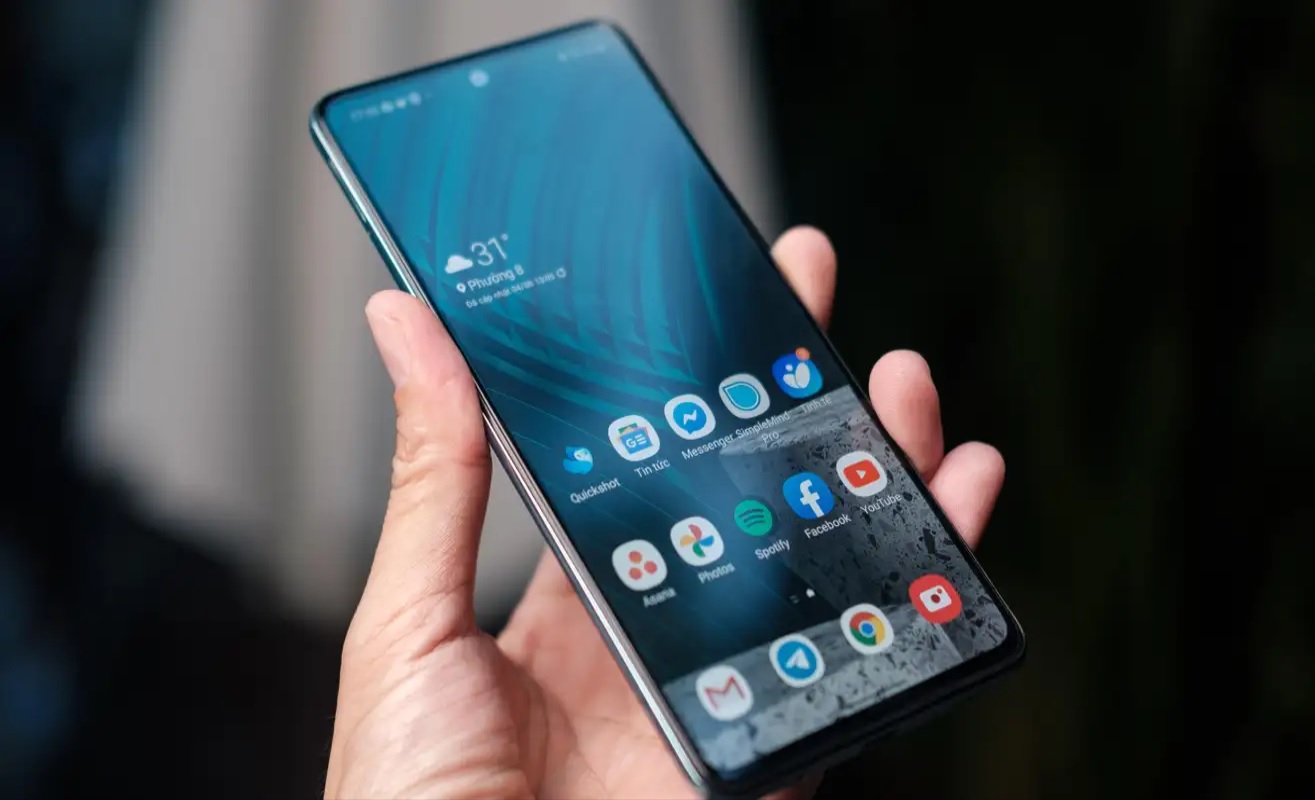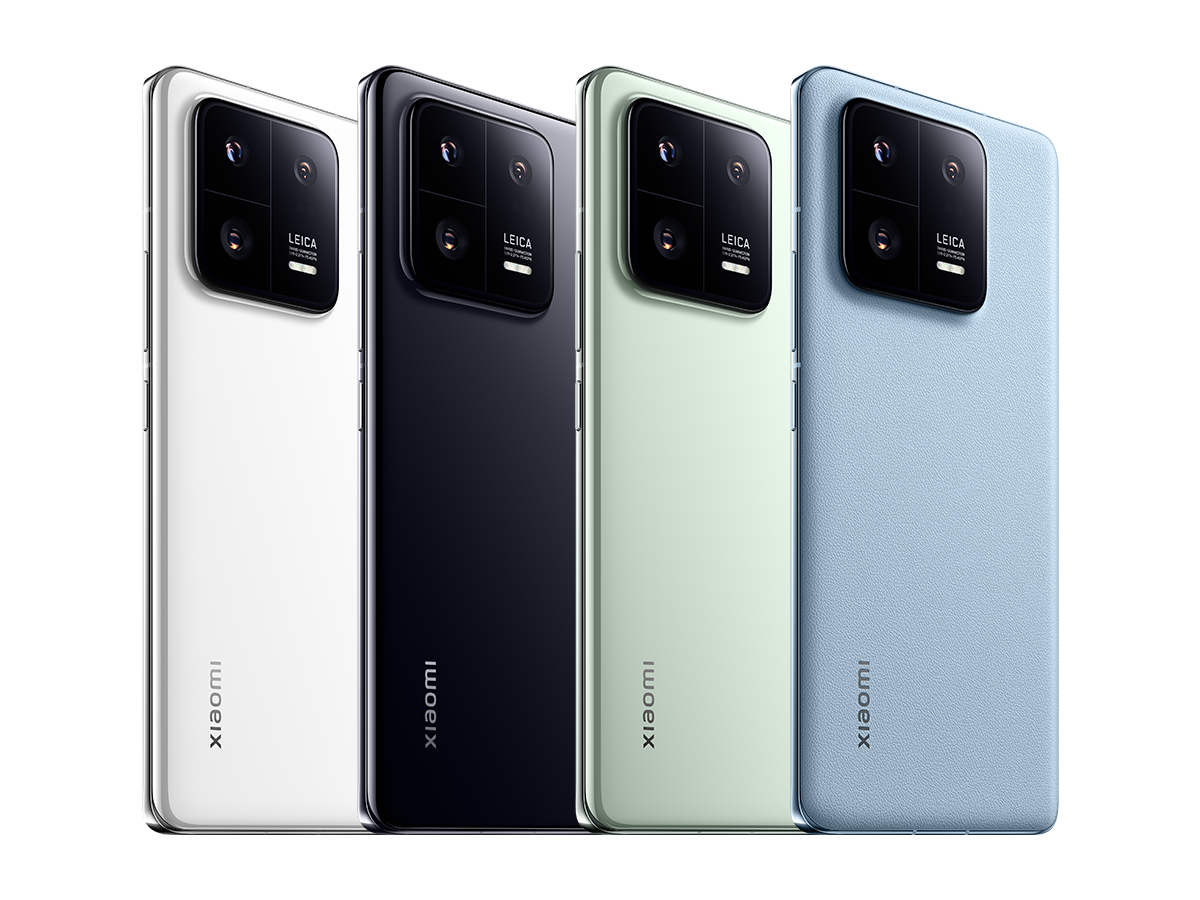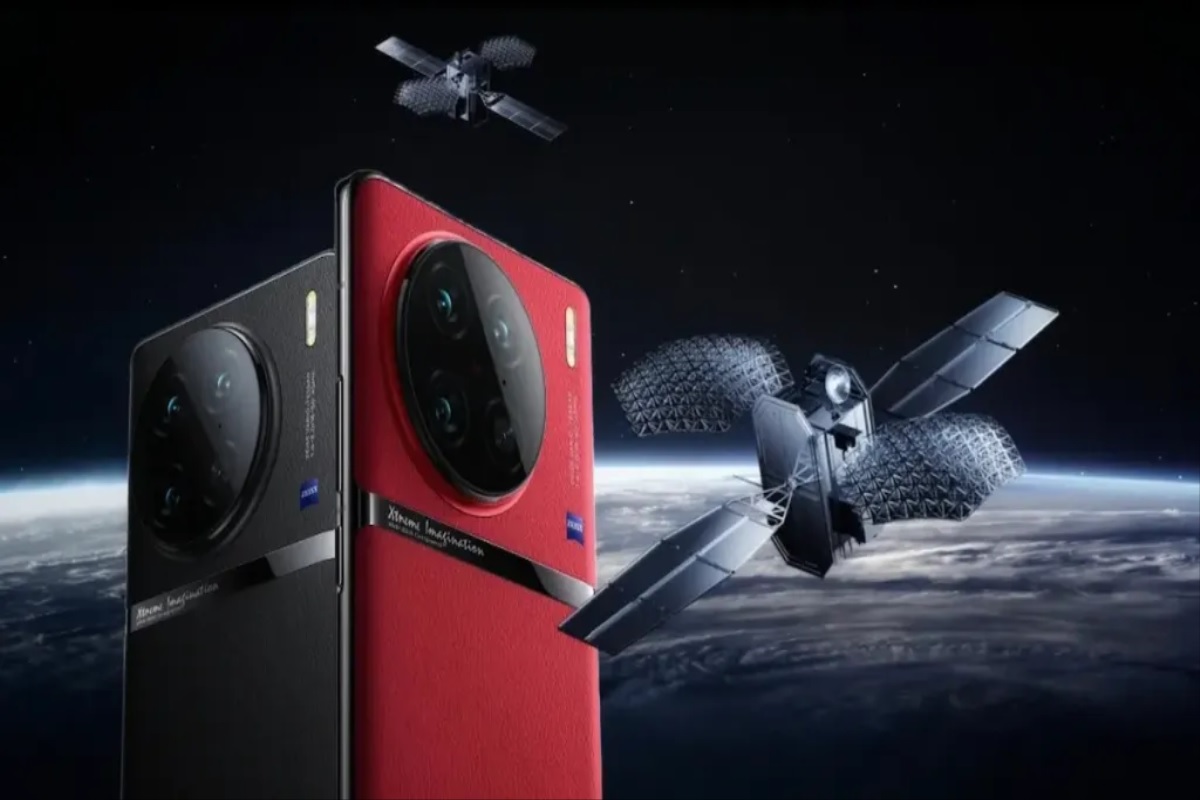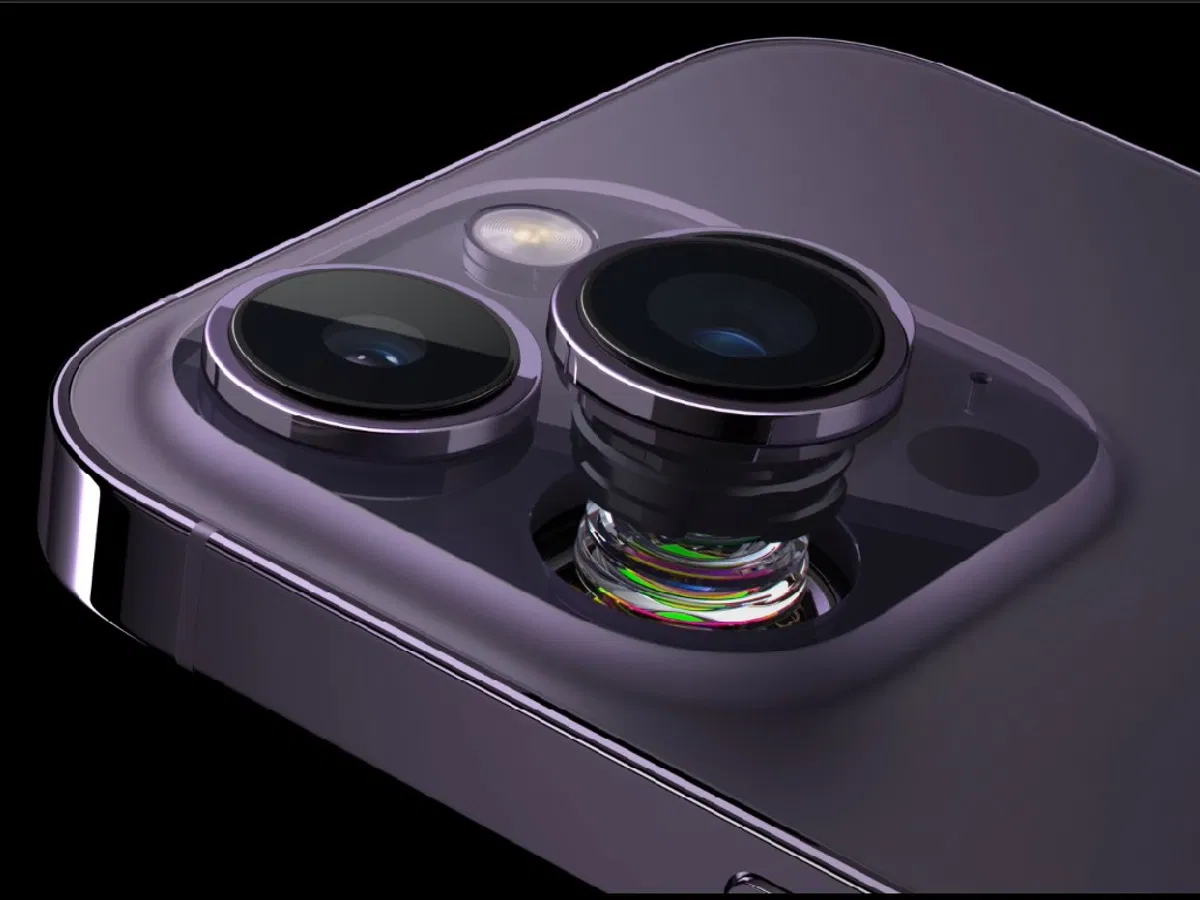Samsung has officially released One UI 6 to the public, bringing a new set of AI camera features to Samsung Galaxy devices. These features enhance the capabilities of Galaxy phone cameras and are made possible through the power of artificial intelligence.

One of the key updates in One UI 6 is the enhancement of the Enhance-X app. This app, introduced a few months ago, originally offered unique AI features like HDR and upscaling for photos with lower quality. With the new update, Enhance-X gains even more impressive features.
One notable feature is “Sky Guide,” which takes astrophotography to the next level. After capturing images with the Galaxy phone’s camera, Sky Guide uses AI analysis to identify constellations, stars, and clusters in the image. This means you can learn more about the celestial objects in your photos, even for shots taken in the past.
Another exciting addition is the “Slow-mo” tool. This feature transforms standard frame rate videos into slow-motion videos by generating additional frames between the captured ones. The added frames create a smoother, more dramatic slow-motion effect. While this feature hasn’t been tested yet, it promises to be a valuable addition for video enthusiasts.
The Enhance-X app also includes features like “Motion Flow,” which turns videos into long-exposure photos, and “Single Take.” These features offer creative possibilities for Galaxy device users.
Additionally, Samsung is introducing an improved document scanning tool that leverages AI to capture better images of printed material. When a document is detected, the Auto Scan edit screen automatically appears, allowing users to rotate and align the document for optimal rendering. This process can also recognize and remove fingers in the frame.
In One UI 6, Samsung Galaxy phones will enable users to save identified objects in photos as stickers. These stickers can then be placed in other photos or shared across various apps. This feature resembles the photo cutout feature in iOS 16 for iPhones but is enhanced for a better user experience. The AI in this update is better equipped to select subjects and clip them, enabling users to add a layer of emojis to a wide range of social apps.
Samsung is also introducing non-AI features, including a High Resolution Quick Setting in the camera app and new camera widgets. The High Resolution button offers quick access to settings, streamlining the process of adjusting settings for different types of shots. These features are available with One UI 6, which is currently rolling out to regions outside the United States. Most devices released since 2021 will be eligible for the upgrade once it becomes available.
